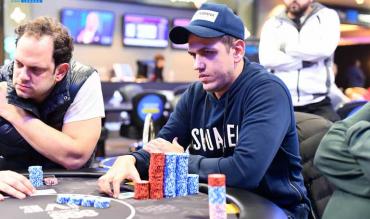It seems that everywhere you look, people are following the latest fashion trends. They’re recording useless TikTok dances and sharing whatever memes have blown up in the last week or two.
- Why on earth do people behave like this?
- Are we addicted to attention, or is there something more to it?
Well, the reality is that copying is an innate human behaviour. Confucius identified it as one of the three ways in which we learn. But we are also hyper-social creatures that long to be accepted by society.
As a result, our reason for copying something can often be little more than 'because everyone else is doing it'. As the philosopher, Eric Hoffer observed, “When people are free to do as they please, they usually imitate each other.”
Many of us probably began our poker careers imitating. Perhaps you started because you saw poker on TV or your friends played already – That's just more copying, right?
With little idea of what was going on, and a desperate desire not to look stupid, you probably adopted the exact bet sizes, terminology, and chip tricks as everyone else.
It was good enough for Confucius, and it makes a lot of sense.
Learning the Hows and Whys in Poker Makes Sense!
On top of all the social benefits of copying, poker is a game that is pretty boring to watch:
Imitating others is a great way of flying below the radar as you learn the basics.
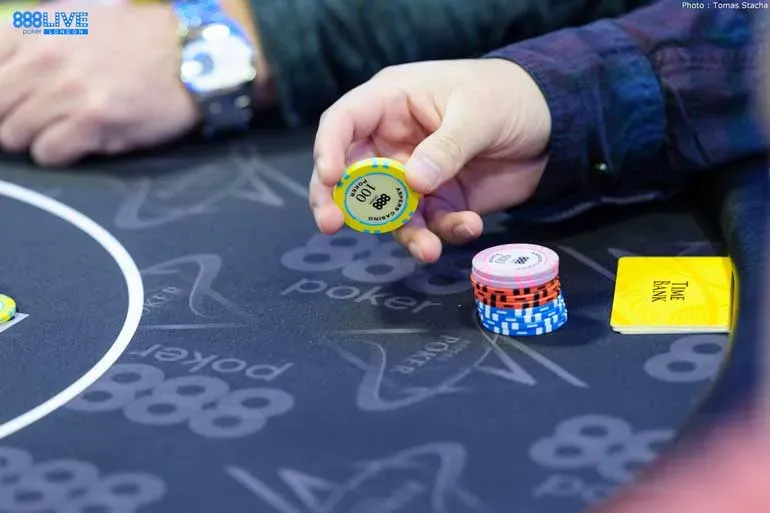
That said, copying what you see at the poker tables has limits. It caps your progress at the level of the people around you. And even if you are lucky enough to be surrounded by wizards, it's hard to know exactly what's worth copying.
The effectiveness of a specific poker play is difficult to calculate in the short term. Copy the wrong thing, and it becomes very easy to adopt bad habits or normalise mistakes that can cripple your bottom line.
Focusing on the rationale behind the plays you are copying is vital to reaching your potential. This process will enable you to analyse what others are doing and copy more smartly.
This article will look at a play often copied incorrectly, the 3bet. The goal is to try to get into the habit of thinking about the move more critically so that we can 3bet more effectively.
What Is 3betting?
You might know what a 3bet is already. But for the sake of thoroughness, a 3bet is the second raise on any street or a poker hand.
Say an opponent raises to $20 in a $2/$5 game preflop, and a second player makes it $60, for example. The $60 bet would be a 3bet (the blinds and the original raise are the 1st and 2nd bets, respectively).
In a post-flop situation where a player bets $20, is raised to $60 and then re-raises to $170, the $170 bet would be a 3bet.
Post-flop 3bets are rare and usually a sign of a strong hand, but you occasionally see bluffs. As you climb the stakes or find yourself with players prone to tilt, 3betting is more prevalent.
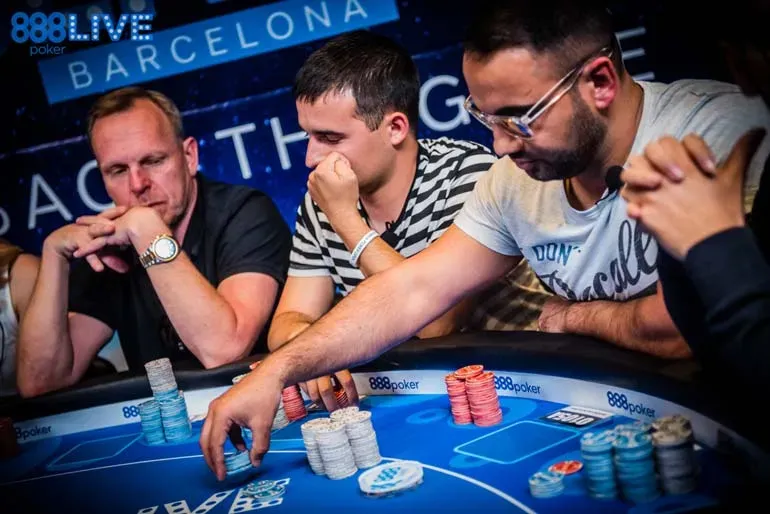
Since you'll encounter preflop 3bets far more commonly, these are what we'll focus on these in this article.
There are nuances to both, but there are two main kinds of preflop 3bet:
- A Value 3bet: This play is when you have a strong hand and want to add more money to the pot to extract value. Re-raising with AA preflop would be the classic example.
- A 3bet Bluff: When you have a weak or drawing hand and plan to make your opponent fold either now or later. This complicated move is where many make mistakes.
For obvious reasons, 3bet bluffs carry way more risk than value 3bets. While this makes them far sexier, the risk puts many players off making them. But effective 3bet bluffing can add a whole new dimension to your game.
It can make you unpredictable, more challenging to read, and help you bully other players too.
Unfortunately, the differences between a great and garbage 3bet can be pretty subtle. So many people randomly 3bet in spots simply because they saw another player doing something similar.
In the interest of improving, take this advice as one of those 'Do as I say, not as I do!' situations.
So How Can I 3bet Better?
The differences between a good and a garbage 3bet spot are often very subtle. So, it's vital to understand why someone might be 3betting K3, 44, or 68 before blindly copying them. For all you know, it might be terrible, even if they do make it look cool.
Let's look at a few things you might want to consider.
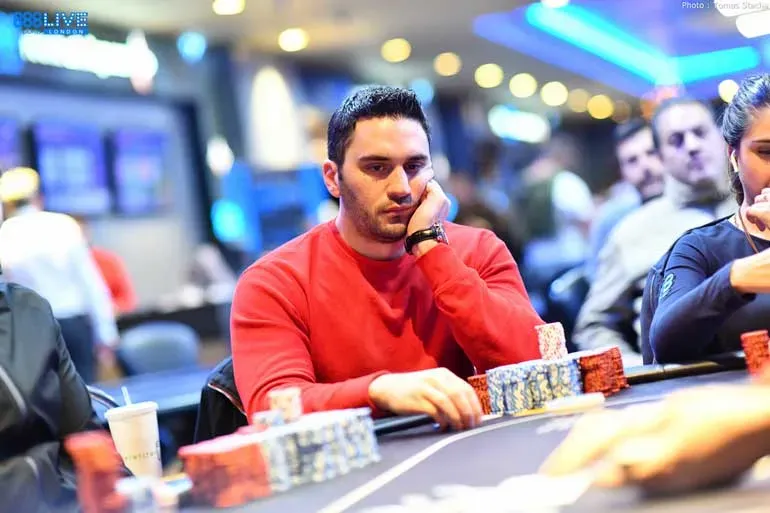
Your Objective:
The first thing to consider before you 3bet is your objective:
- Do you want your opponent to call or fold to your 3bet?
Consider a hand like 99 on the button, for example. Versus a cut-off raise, two nines would likely be the best hand at that point. But would a 3bet here be for value as a bluff? How about with ATo or 77?
In truth, much of this comes down to your opponent (as we'll see later). But for now, remember that it's essential to have a clear goal when you 3bet.
If you can't decide if you’re bluffing or not, you're probably just clicking buttons!
The Justification:
Justification is one of the most critical things to consider when analysing a 3bet bluff.
Emotions can run high at the poker tables, and we may feel as though a player is getting the better of us.
Whether this thinking is down to superior skill or simple run-good is irrelevant. When tilting, players often choose to 3bet out of raw ego or emotion, especially if they believe themselves to be better than the villain.
So, before you begin counting out (or analysing) a 3bet, it's essential to consider whether or not tilt is involved. Even if you’re convinced you don't tilt (Liar!), be honest with yourself.
- How well have you been playing?
- Have you recently lost a big pot or called someone a dirty dishcloth in the chat?
If you sense a slight tilt, you should probably take the decision to 3bet with a pinch of salt.
It may be more a result of frustration than strategic prowess.
The Situation:
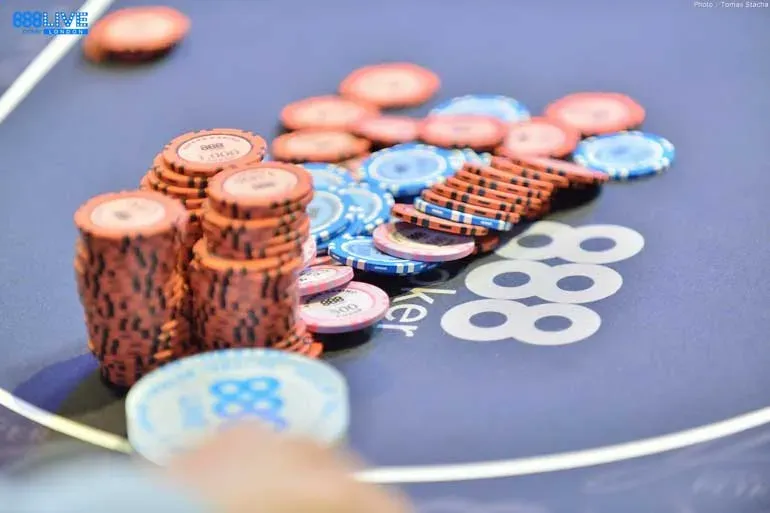
Ignoring that 'The Situation' would be a pretty bad-ass superhero name, context is arguably the most critical 3betting factor.
- Using the right hand in the wrong spot can easily turn a money print into a money pit.
Typically, the best players to 3bet bluff are those opening a lot of hands. The frequency at which they are raising makes their range broad and weak. So, they should have to fold a lot.
- If you see a player opening hands like A2o, Q5s and 58o from early or middle position, they are likely to be a good candidate.
- Conversely, it's a bad idea to 3bet bluff players that hate to fold. Say your opponent is a complete flop junkie and refuses to fold to 3bets. It's better to stop bluffing and widen your 3betting value range.
- Hands like 88s, KQs and A9s are good candidates. They dominate many A5, QT, and KJ-type hands that will stubbornly call your 3bet.
- Likewise, if you see a player 3betting these kinds of hands, look at who opened the pot. This info will tell you a lot about both the quality of the 3bet and the 3bettor.
Generally speaking, the tighter a player's opening range is, the more you should tighten and polarise your 3betting range. This strategy sounds complicated. But it means that the tighter a player is, the less you should 3bet them as a bluff, and the tighter your value range should be.
Your Hand Selection:
It's essential to select your 3betting hand carefully. This process primarily comes down to what you want to achieve.
But it's critical to pay attention to the player's tendencies who you choose to 3bet. It's possible to turn a value hand into a bluff by accident.
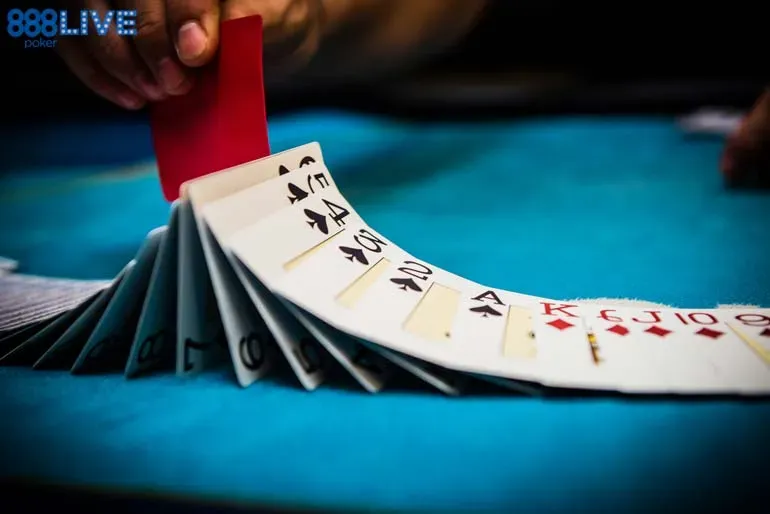
Consider a hand like pocket 10s, for example. Tens can be a clear value 3bet against a player opening a 30% range (Tens are a 64% favourite). But they're only slightly ahead of a tight opening range of 77+, AJs+,KQs, AJo+ in the same spot.
Against the second range, you'll probably see more 4bets than folds. And, when your opponent does call, you're not likely to be in great shape, struggling to extract value even if you are.
It's usually pretty easy to know what hands to 3bet for value, but it can be a little trickier when it comes to bluffing.
Hands like A5o or K3s are usually better choices than 33 or j6o because they have the potential to make a strong hands and include high cards. This fact reduces or 'blocks' the number of strong hands your opponents can have.
An ace makes it 50% less likely that your opponent has pocket aces, for example. It also reduces the number of AK, AQ or AJ combinations from 16 to 9 each.
Additionally, since you'd have to fold your bluffs to a 4bet, it's often better to call and flop a set with a hand like 33.
In a nutshell, it's usually best to 3bet bluff with hands that:
- You can easily fold to a 4bet.
- Play okay post-flop and/or can pick up some semi-bluff opportunities post-flop.
- Have some chance of making a strong hand.
- Have some blocking value.
3bet Sizing:
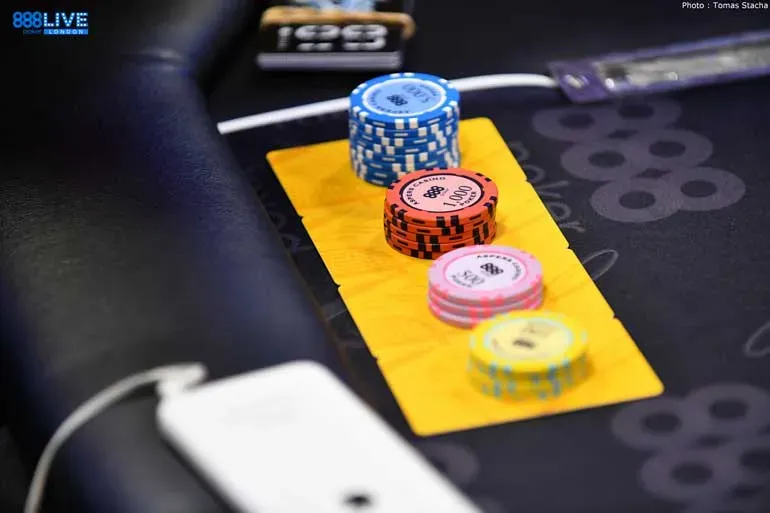
Players tend to sit with a full stack in a cash game. So, preflop 3betting spots are slightly more rigid than they are in tournaments.
Players tend to 3bet somewhere around 3x the original raise size. They may often make it a little bigger when out of position, (This sizing reduces the pot-odds they give their in-position opponents.)
You see similar trends in the early and mid-stages of poker tournaments too. When stacks reach the 15-25bb depths, the increasing blinds and ICM pressures make moving all-in as a 3bet far more attractive.
- Remember, though, there's no hard fast rule on sizing. If you're 3betting a calling station for value, you can consider making your 3bet a little larger to extract more chips.
- Likewise, say you're trying to isolate a weaker player or think a small 3bet will get enough tighter folds. Go ahead and save a little money with a smaller bet sizing.
It all comes down to what you're trying to achieve, but if you deviate from the standard sizing, remember that attentive players might catch on eventually.
If I Had A Hammer…
Hopefully, this article gives you more to consider when studying 3betting at the tables.
- Remember to pay attention to the hands you see shown down in 3bet pots. They can tell you a lot about your opponents’ skill level and/or what they think of each other.
- Try not to force things either. 'You need to use the right tool for the right job', and this sentiment lends itself very well to 3betting.
- Think of a 3betting spot like a spot of DIY. The best hammer in the world is useless if you're trying to tighten a bolt or build a flatpack bookcase.
- Choose your spots wisely. If you think it's time to 3bet, there's no tilt involved, and you have the right opponent and hand to do so, why not go ahead and drop your 3betting hammer?
Good luck.
